While unsolved mysteries tend to remain that way, these conundrums seem poised to beat the odds—possibly within the next ten years.
12 Mysteries That Could Be Solved in the Next Decade

These mysteries are breaking the rules
As a general rule, the longer a mystery goes unsolved, the less likely it’ll ever be cracked. However, all of these mysteries hold the promise of resolution in the near future date back years, if not centuries—some even date back to the beginning of time. Don’t miss the strangest unsolved mystery from every state.
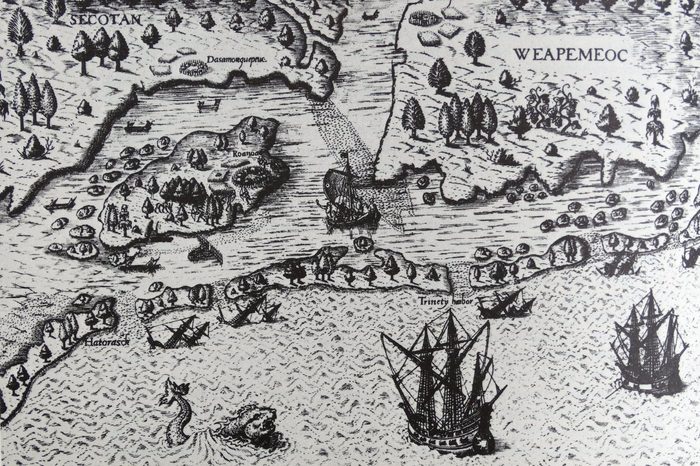
What happened to the lost colony of Roanoke?
One of the strangest unsolved mysteries in American history is what happened to the 117 English settlers on Roanoke Island (off of North Carolina). They all disappeared in 1590 while the colony co-founder, John White, was away on an extended trip to retrieve additional supplies, leaving behind only a handful of indecipherable clues. Theories have included slaughter by native Americans and an attempted return to England. But new evidence discovered by archaeologists on two separate digs in the last five years suggests the colonists split up into at least two different groups, at least one ending up a full 60 miles northwest. It’s hoped further digging will reveal additional clues that ultimately solve the mystery, according to History. If and when that happens, it will no longer be the spookiest ghost story from North Carolina.
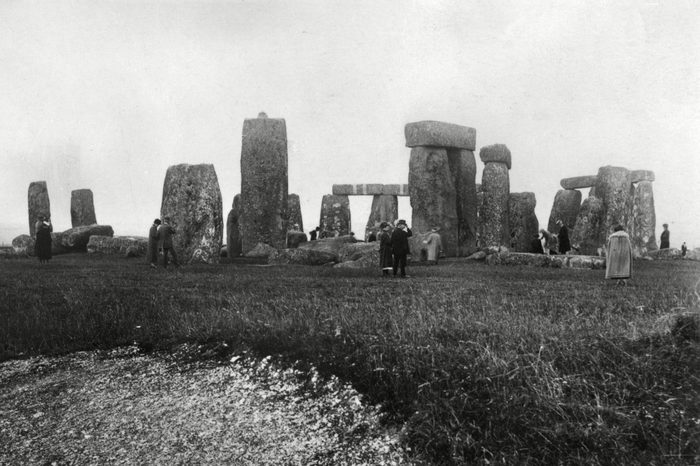
How and why was Stonehenge built?
Located on a flat plain north of Salisbury, England, Stonehenge is a circular formation of stones dating back at least five thousand years. The stones are so massive no one has ever been able to come up with how they got there in the first place, let alone understand what purpose they may have served. But scientists are now closing in on answers to both questions. In 2018, archaeologists uncovered evidence indicating at least two of the stones had been in place long before humans dwelled on Earth and that their orientation to the sun’s rising and setting may have inspired the building of a monument.
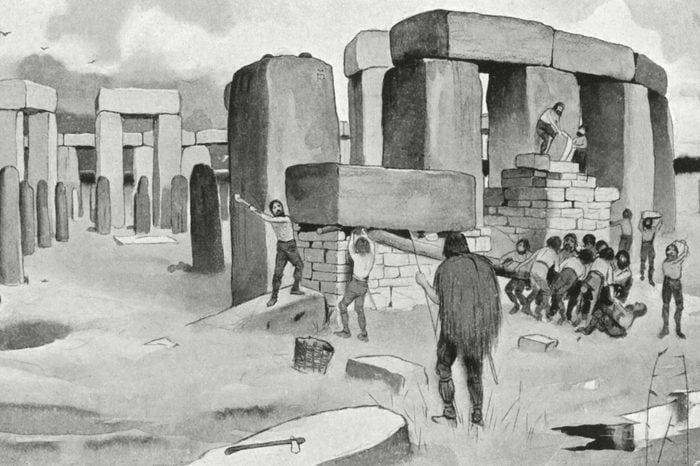
Who built Stonehenge?
After the question of how the rocks got to Stonehenge is answered, the next mystery to focus on is who actually built it. Competing theories include those that connect the monument to Merlin the wizard from Arthurian legend to invading Danes or Romans, according to National Geographic. However, in the past year, new DNA research indicates Stonehenge was built by the descendants of a people who’d migrated to the area about 6,000 years ago from present-day Turkey. These are 13 more unexpected discoveries made by archaeologists.
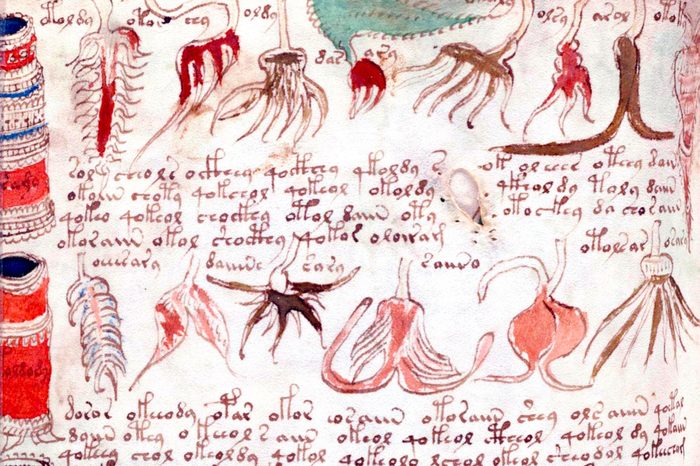
What does the Voynich Manuscript actually say?
Some books seem indecipherable, but the Voynich Manuscript, which dates back to the 1400s, is literally indecipherable, or at least it has been until now. The 250-page book is written in an unknown language and includes illustrations of plants that don’t jibe with any known species. Perhaps one reason no one has ever been able to crack the code is that only one copy had existed prior to 2016, thus limiting the number of people who can actually work with it at any one time. In 2016, however, about 900 copies of the manuscript became available. Stay tuned as to whether crowdsourcing will finally answer one of 10 ancient mysteries researchers still can’t explain.

The body on Somerton Beach: Who was the Somerton Man?
In the early evening hours of a summer’s day in 1948, a couple strolling Somerton Beach in Adelaide, Australia, noticed a well-dressed middle-aged man in a suit and dress shoes, reclining in the sand and attempting to smoke a cigarette—seemingly drunkenly. The next morning, the man was still there, only now he was dead, of causes that have never been determined, although poisoning is suspected. No one ever came forward to identify the man, who bore no identification, not even labels on his clothing. The closest investigators came to a clue back then was a tiny, tightly rolled scrap of paper in one of the man’s pockets that bore the words, “Tamám Shud,” a Persian phrase meaning “it is ended,” but that, too, proved a dead end. Now, however, DNA evidence indicates the “Somerton Man,” may have been from the East Coast of the United States. There’s hope that knowledge could ultimately lead to a definitive answer as to who the man was, what he was doing on Somerton Beach, and how he died. These are 19 of the strangest unsolved mysteries of all time.
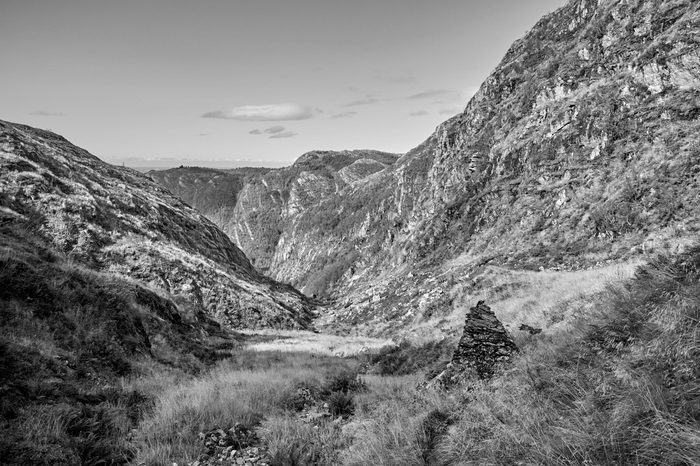
Who was the Isdal Woman?
On November 29th, 1970, a man and his two daughters who were hiking in Norway’s Isdalen Valley came upon the body of a woman burned beyond recognition. Like the Somerton Man, the “Isdal Woman,” as she came to be known, bore no identification, and the labels in her clothing had been cut out. Investigators noted the woman had 50 sleeping pills in her stomach and also discovered at a nearby railway station what they believed were her suitcases, containing more clothing without labels, eight fake passports, a wad of Deutschmarks, and a cryptic note. No one ever claimed the body and the woman’s identity has remained a mystery. However, last year, forensic scientists were able to connect the Isdal Woman to Nuremberg, Germany, and some listeners of the related podcast, Death in Ice Valley, have taken it upon themselves to run with that piece of information. As a result, definitive answers could be forthcoming. Find out 12 of the best true crime podcasts you’ll want to listen to on your commute.
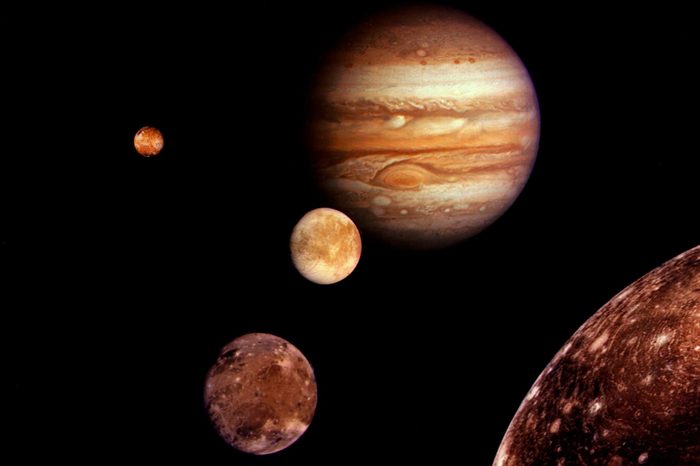
How do planets form?
A new study published in the journal Nature Physics just last month may ultimately lead to the discovery of how planets form. The study found that particles exposed to “microgravity…develop strong electrical charges spontaneously and stick together, forming large aggregates,” according to SciTech Daily. Since microgravity is believed to be similar to conditions in space, the study authors believe they may have “overcome a fundamental obstacle in understanding how planets form.” Meanwhile, these 10 mysteries about Planet Earth continue to confound scientists.
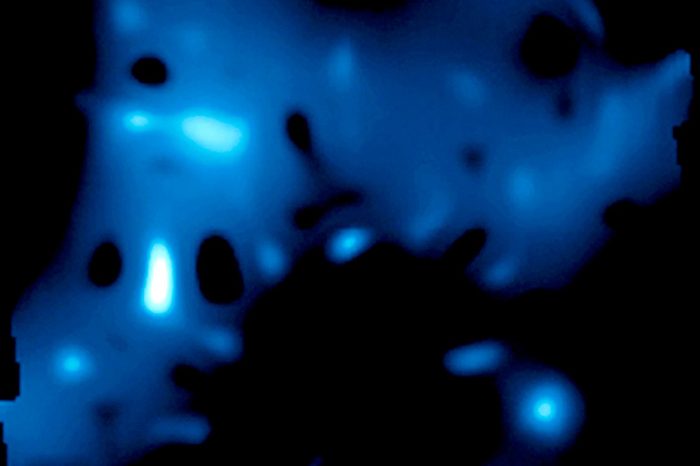
What exactly is dark matter?
“Dark matter makes up about 80 percent of the universe’s mass, but scientists still don’t know what the strange stuff is,” Space.com has noted. Indeed, what exactly dark matter is remains one of our universe’s most baffling mysteries. However, scientists appear to be hot on the trail of solving it, with what is known as “WIMP” particles evolving as one of the most promising theories. Weakly Interacting Massive Particles (WIMPs) are currently under study by the Coherent Germanium Neutrino Technology (CoGeNT) collaboration, which is seeking to isolate WIMP activity via an elaborate mechanism housed underground in Minnesota.

What is the mass of a neutrino?
Like dark matter, neutrinos are an ingredient in the universe that scientists have had trouble understanding. Tiny particles that travel at near lightspeed, they are almost massless and contain no electric charge and therefore are particularly challenging to pin down and examine. Understanding the qualities of a neutrino is crucial to understanding how the universe was formed and what it’s actually composed of. Recently, scientists at the Karlsruhe Tritium Neutrino project in Germany made the surprising discovery that neutrinos, which were already thought to contain an almost unimaginable absence of mass, actually contain half the mass previously believed. “Knowing the mass of the neutrino will allow scientists to answer fundamental questions in cosmology, astrophysics and particle physics,” notes one of the scientists involved. Fortunately, these 31 little things you’ve always wondered about do have an explanation.
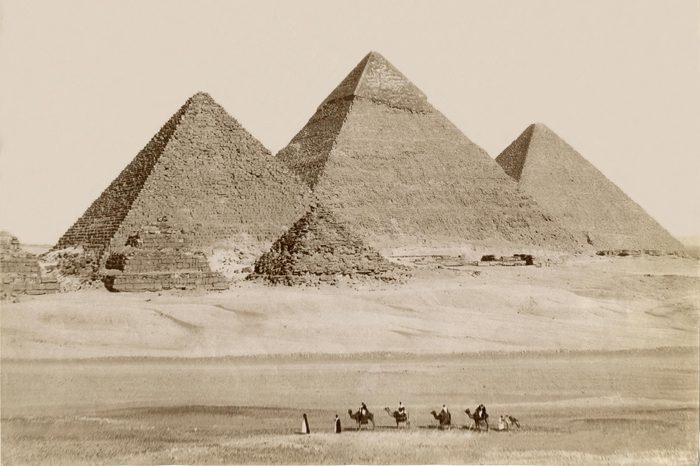
How were the Great Pyramids built?
The Great Pyramids of Giza in Egypt, built somewhere between four and five millennia ago, stood as the tallest human-made structure until the Lincoln Cathedral was completed in England in the 1300s. But how? In 2014, the “wet sand” theory shed light on how the Egyptians moved the stones around on the ground. Today, a new theory is emerging on how the stones were then hauled into place thanks to the work of scientists studying Hatnub, an ancient Egyptian quarry that appears to contain a ramp-like system that served as a “force multiplier,” and which would have been in use during the time the Pyramids were built. These 13 unsolved “mysteries” are easily explained by science.
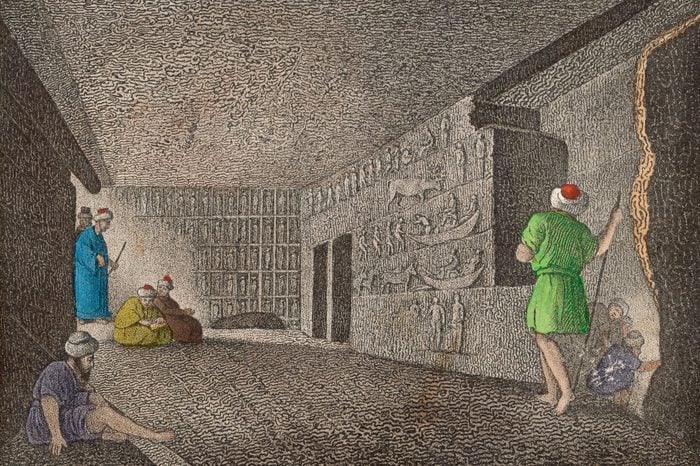
What is hiding in the Great Pyramid of Egypt?
The discovery of great voids in the Great Pyramid in 2017 was exciting but it also led to a new mystery: what was the intended purpose for the void? Not long after news of the void’s discovery broke, scientists were already busily trying to figure out the answer using a combination of “muon” particle technology and “tiny robots,” Live Science reports. Stay tuned for what they learn. Find out the most bizarre unsolved mysteries of 2018.
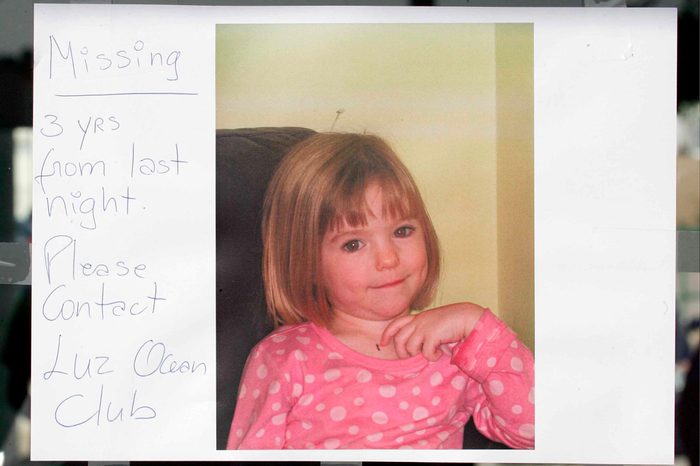
What happened to Madeleine McCann?
On May 3, 2007, Gerry and Kate McCann were vacationing with their three children in Portugal, when three-year-old Madeleine disappeared from her bed while the McCanns had dinner nearby. She’s never been found despite an investigation that was to be funded through 2020. However, a recent joint effort by British and Portuguese police has narrowed in on a known pedophile who is believed to have been in Portugal at the time of Madeleine’s disappearance. Authorities say they are “nearer to knowing what happened to Madeleine,” according to the Daily Mail. Unfortunately, it’s unlikely any of these 15 crimes will ever be solved.
